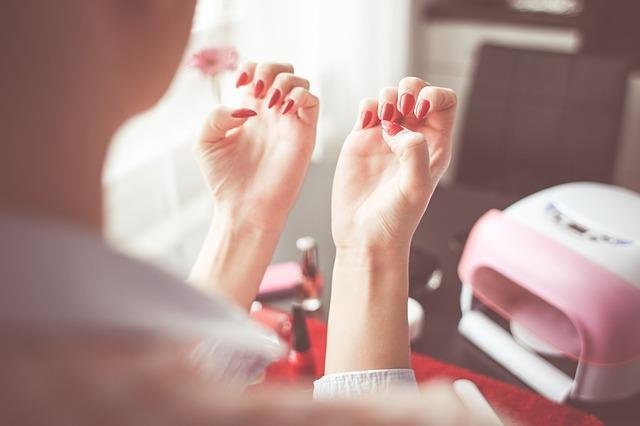
Nail bed inflammation, called “panaritium” by doctors, is the most common infection that you can get on your fingers. The inflammation caused by bacteria usually begins with a slight injury, which the person affected does not even have to notice. Even small cuts or cracks can get bacteria into the nail bed and settle there. If the immune system cannot stop the pathogen in time, inflammation occurs, causing the nail bed and the surrounding skin to redden and swell. The affected area is extremely painful to the touch.
Homeopathic remedies help heal the inflammation by reducing pain and swelling.
Which homeopathic remedies help?
Physical symptoms are described below. Choose a homeopathic remedy for nail bed infections that best suits your situation.
Belladonna
throbbing pain, hot nail bed with beginning reddening.
Apis mellifica
stabbing pains, nail bed is swollen bright red.
Silicea
with suppuration that has passed its peak. Nails are brittle and deformed.
Sulfuric liver
stabbing pains and beginning suppuration.
Graphites
with dry or weeping, purulent skin rashes, often with generally cracked, rough skin
Lachesis
painful with a bluish tinged inflammation.
Myristica
Red, swollen, inflamed and painful nail bed. Mainly on the fingers. The inflamed area is very sensitive to touch.
Symptoms of nail bed inflammation
In the case of nail bed inflammation, the following symptoms can occur on the affected finger:
- pressure sensitive
- uncomfortable feeling of heat
- sharp pains
- redness
- swelling
- restriction of mobility
The symptoms described can vary in severity depending on the severity of the infection.
Risk groups for frequent nail bed inflammation
- immunocompromised people
- Diabetic
- pre-damaged nail beds or by a fungal attack
- cleaning ladies
- Metzger
- generally persons whose hands frequently work in a humid environment
- Kinder
Treatment of nail bed inflammation
Most mild/superficial gradients will go away on their own within 72 hours. Homeopathic treatment can have a positive effect on the healing process. However, deeper nail bed infections often have to be treated with antibiotics and therefore require medical treatment.






